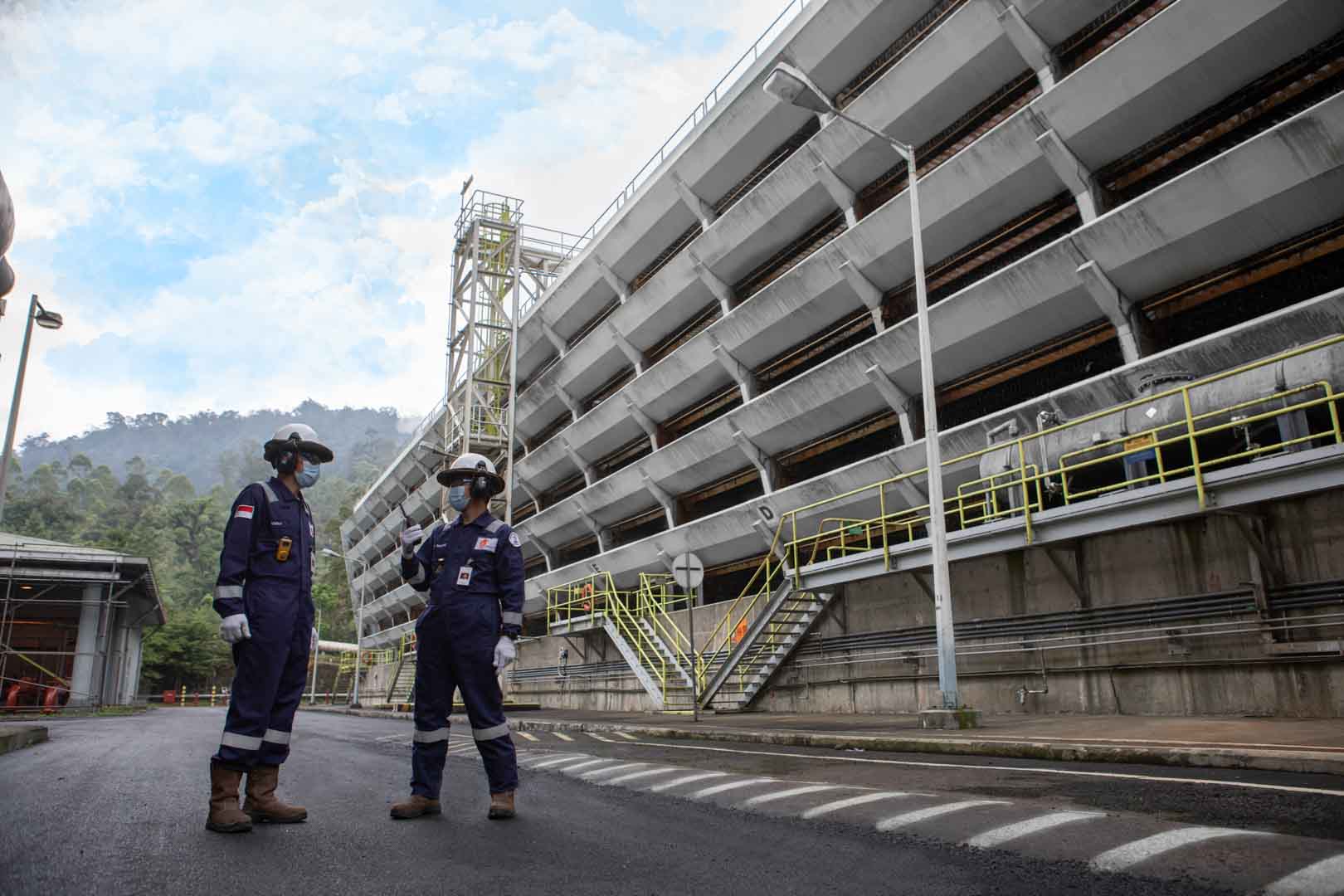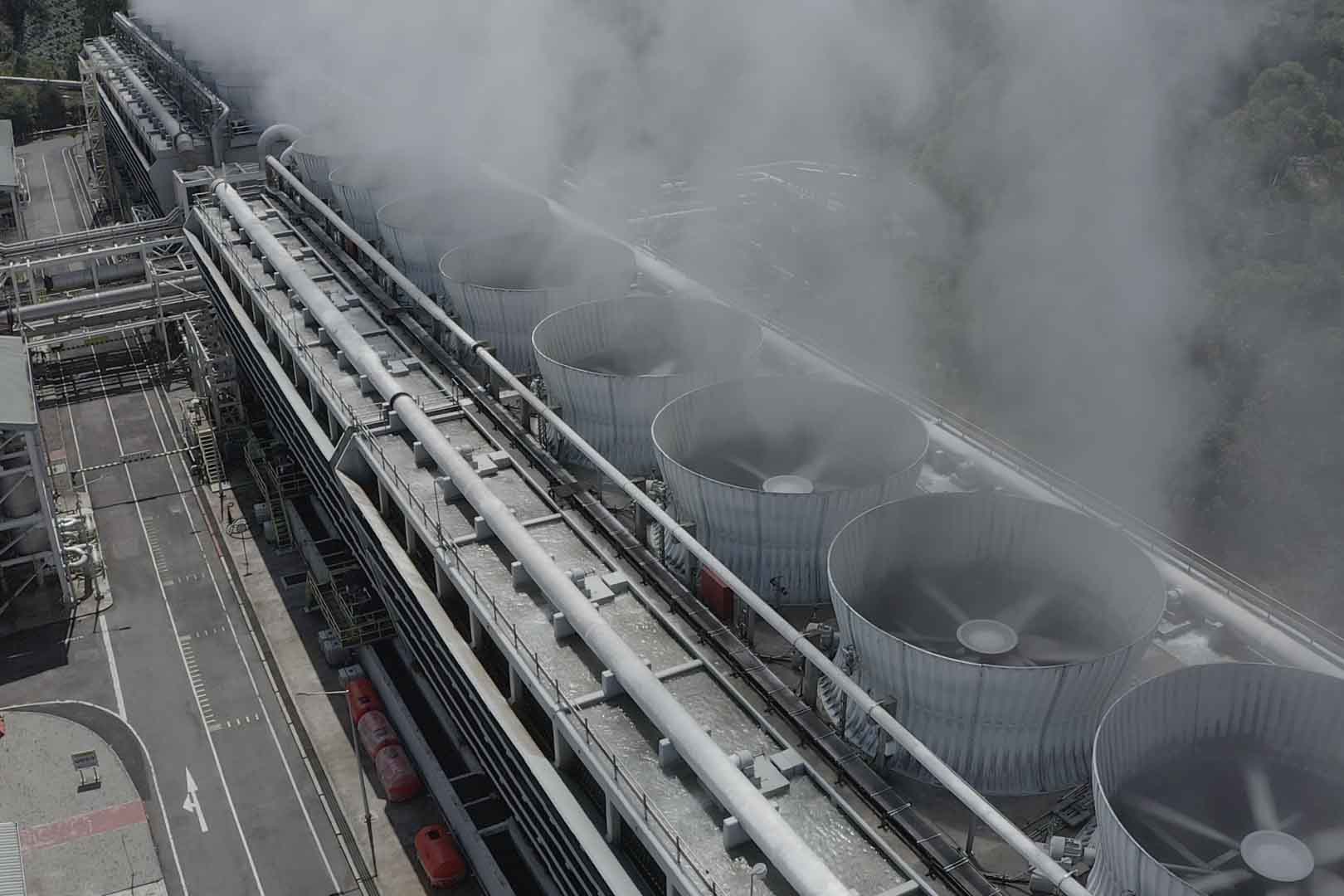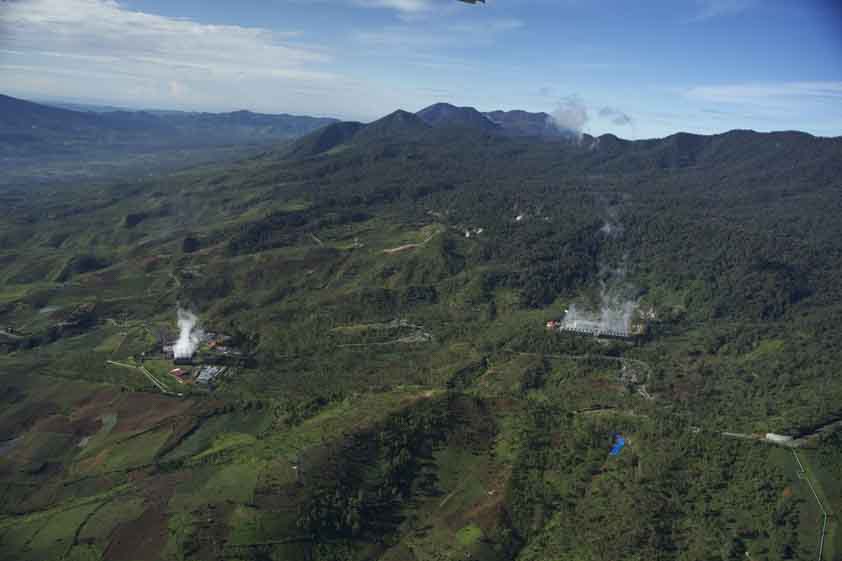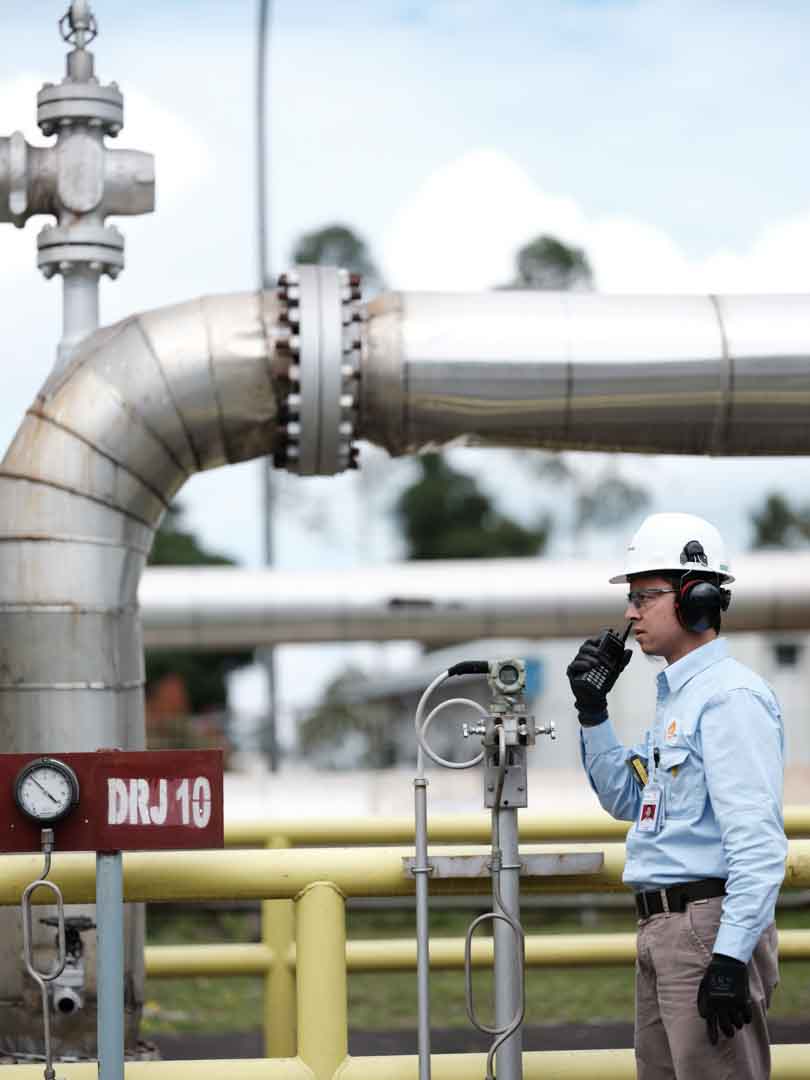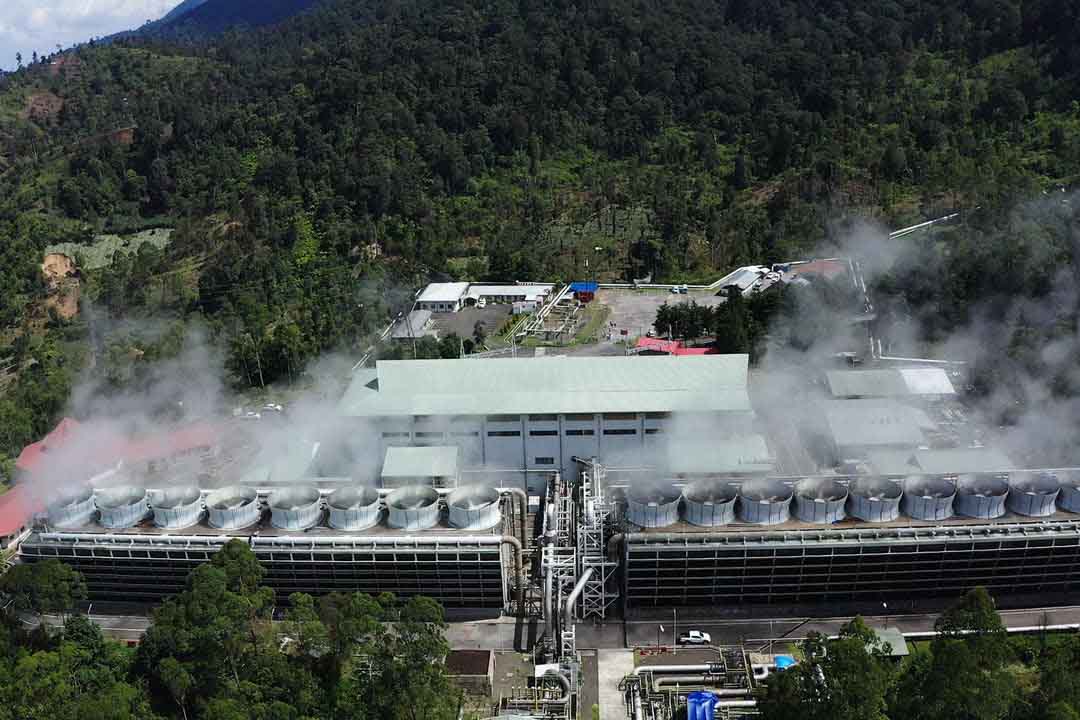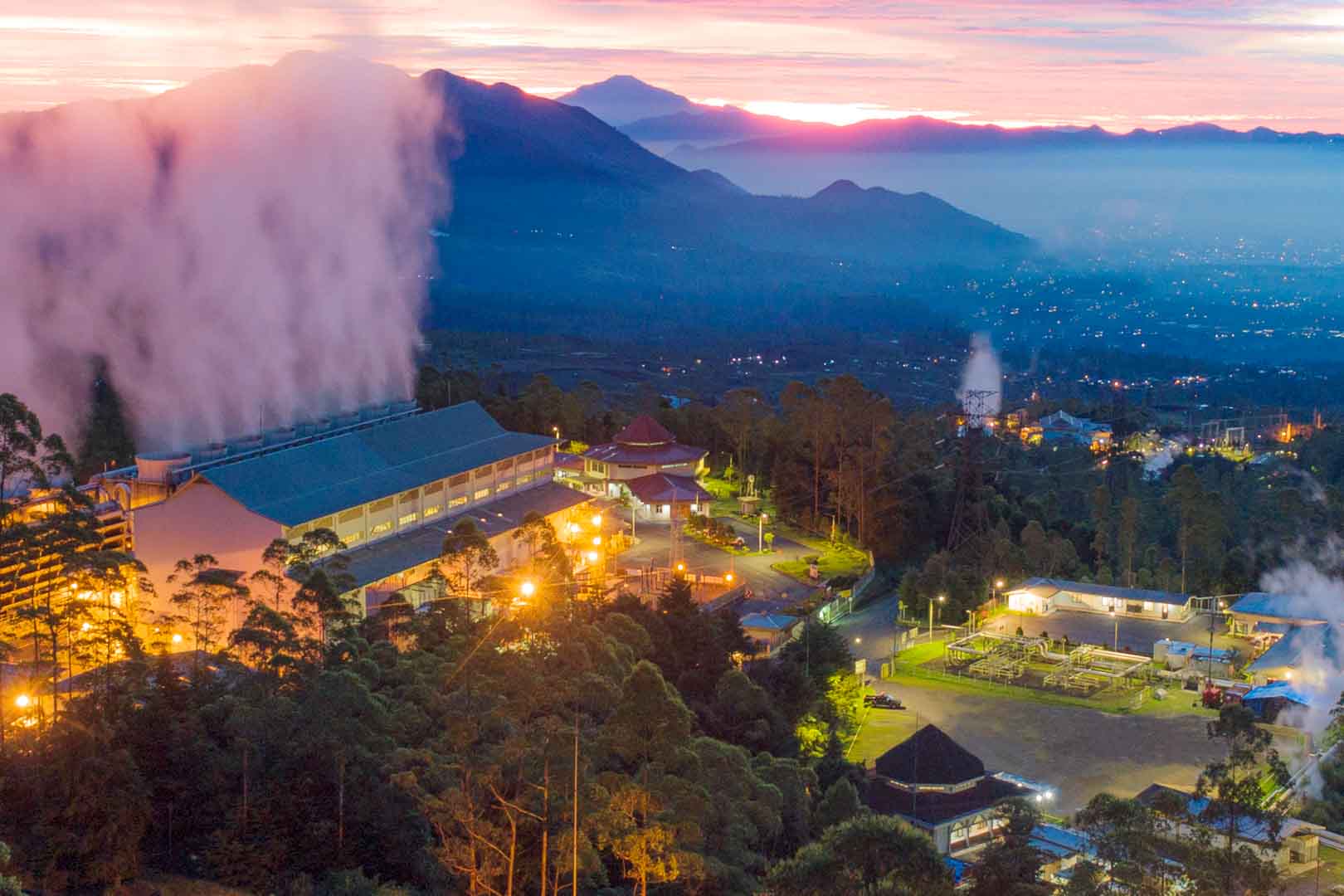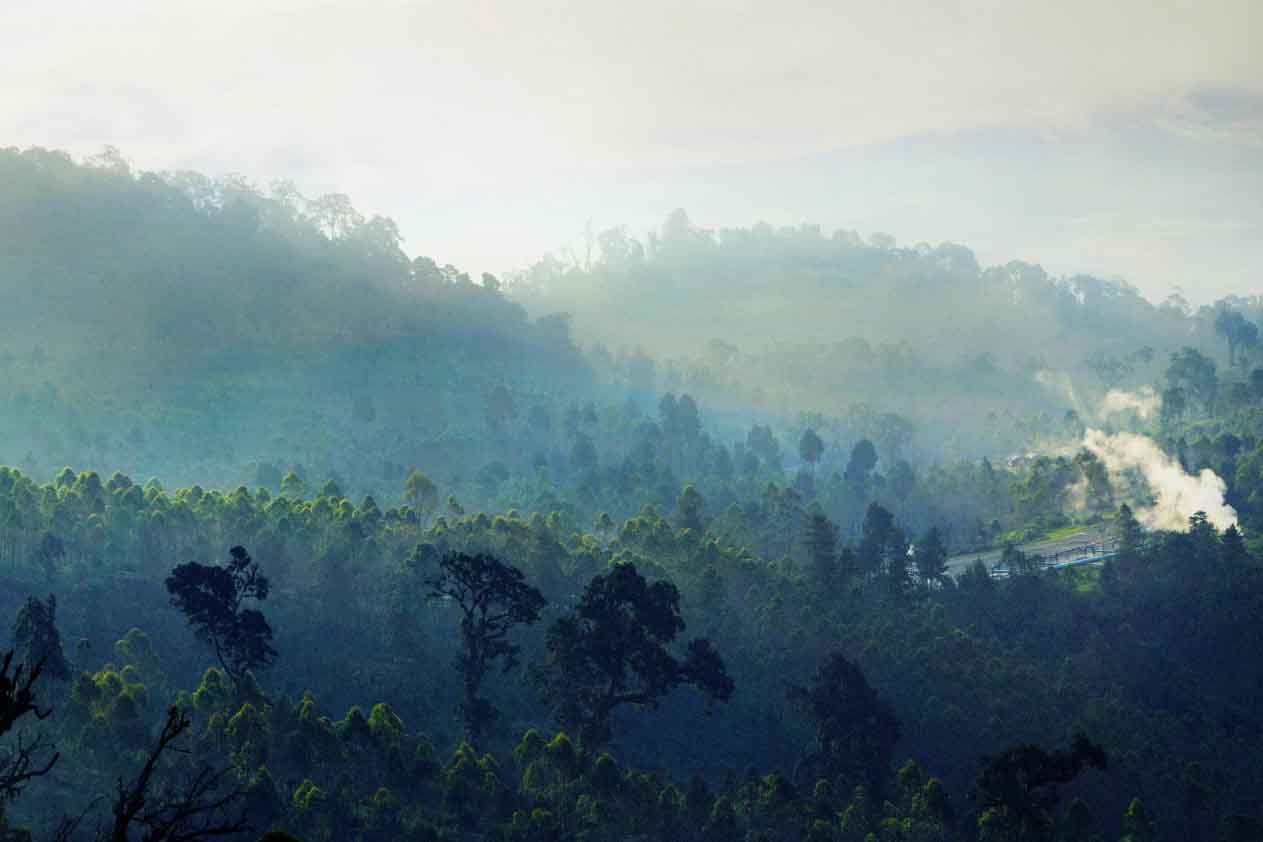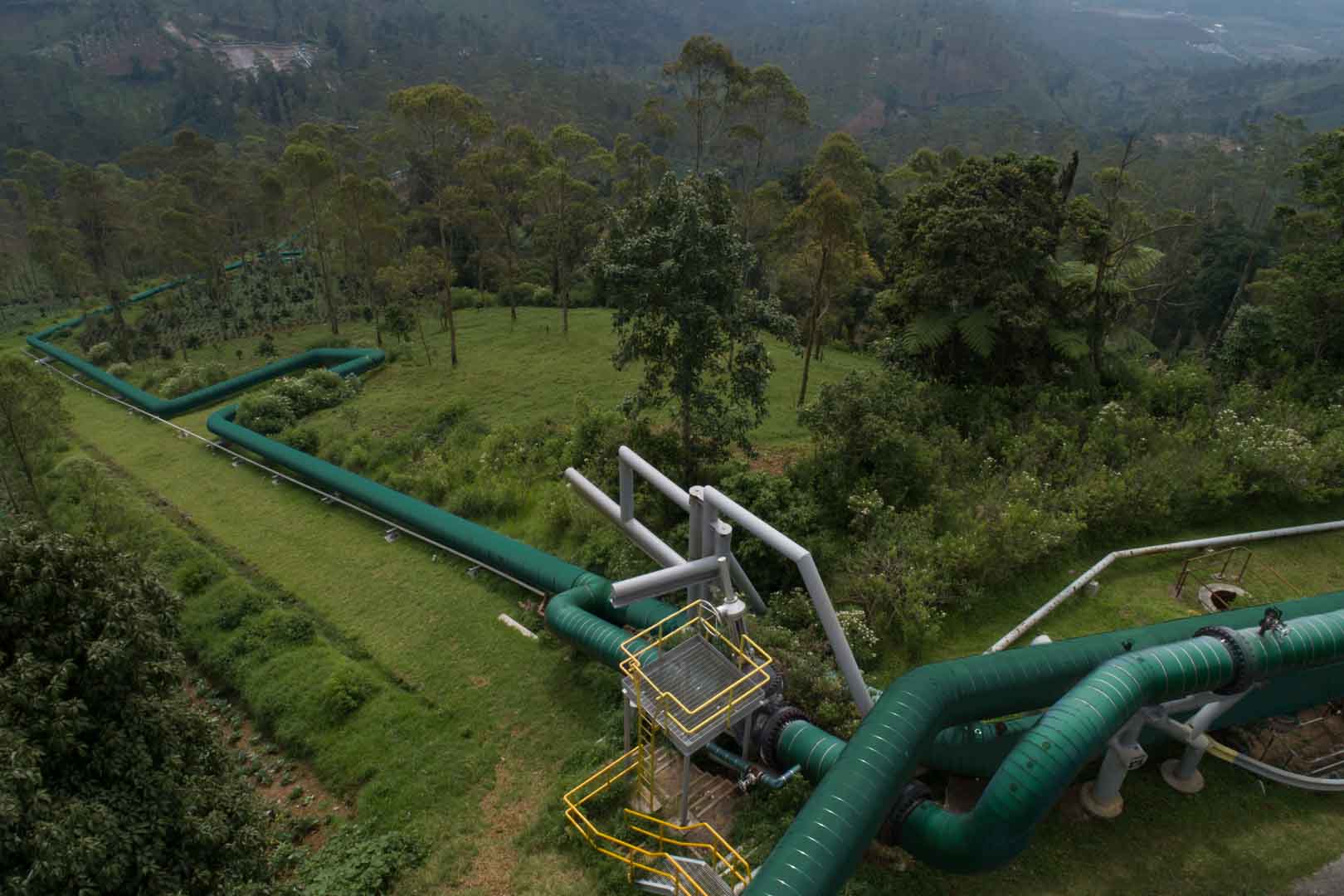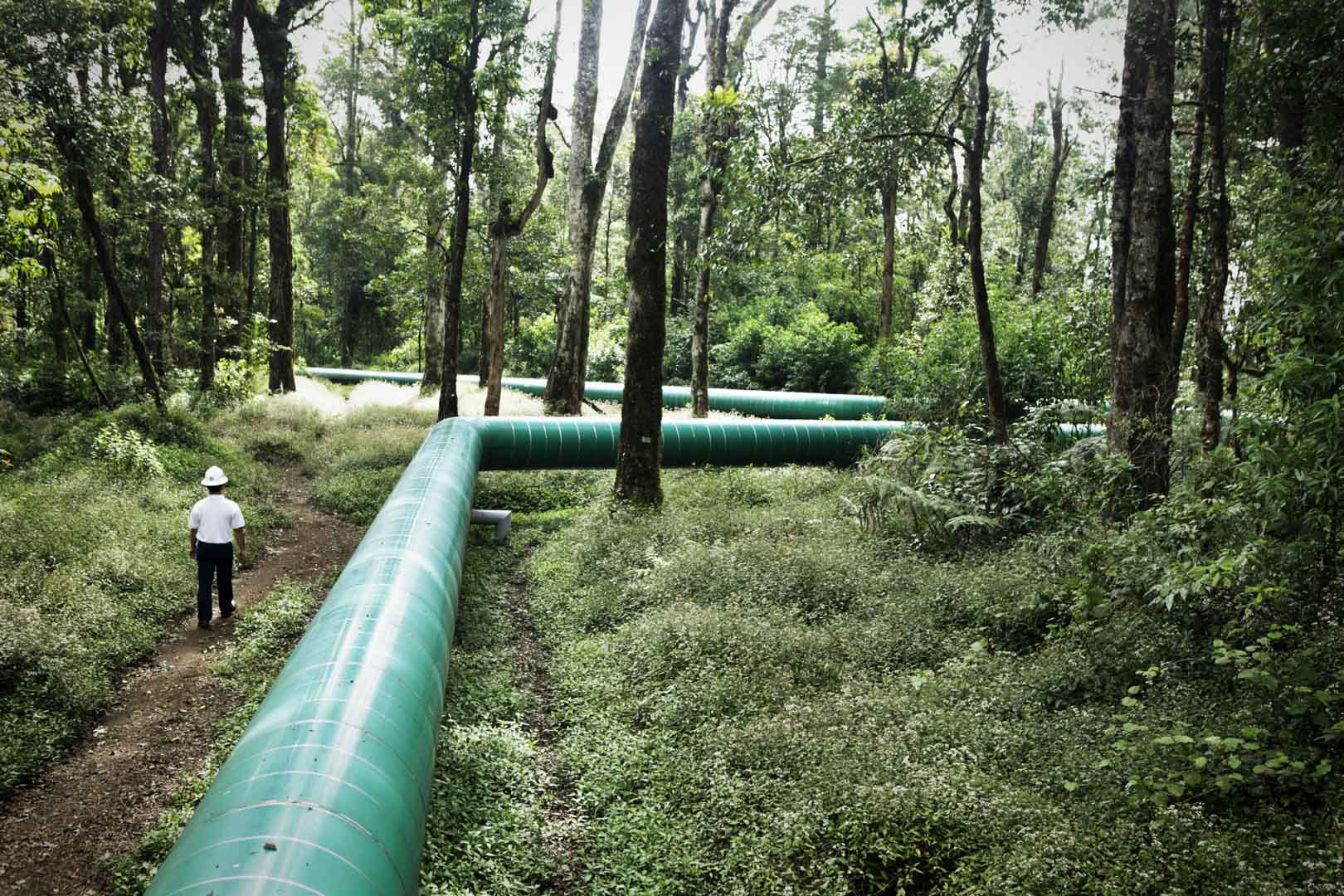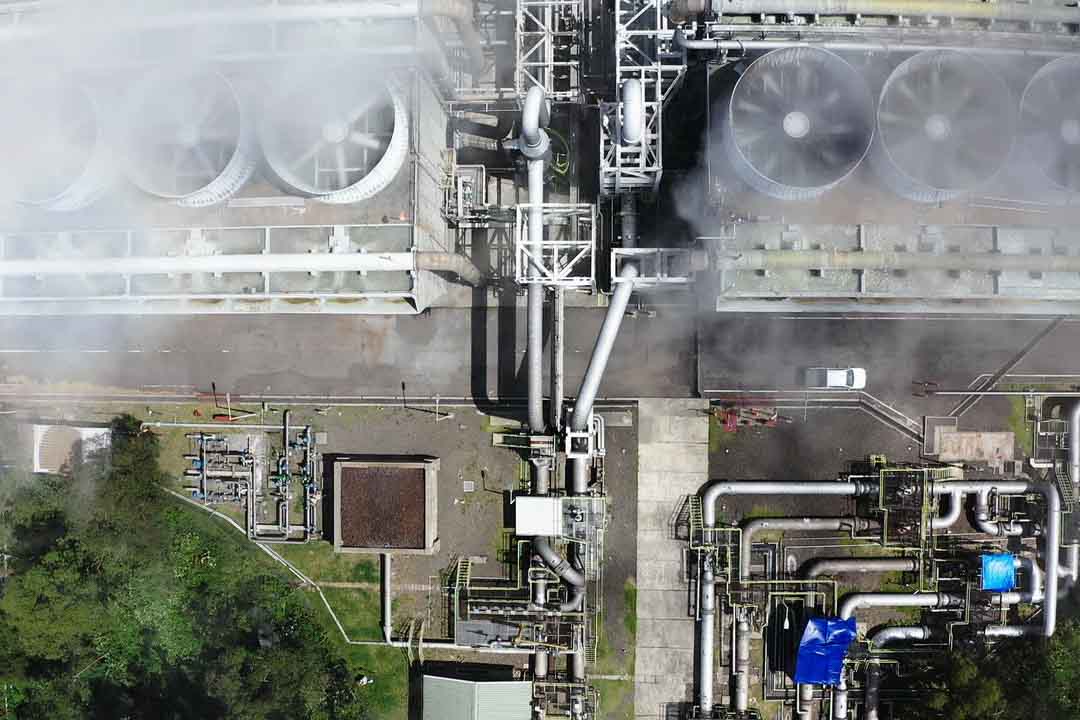Geothermal energy for growing energy demand
About 150 km southeast of Jakarta in West Java, the Darajat area is an ideal location for geothermal power since it is characterised by a mountain range formed by volcanic activities. By installing a 121 MW geothermal power plant the project provides renewable energy to the Java-Madura-Bali (JAMALI) grid since 2007.
This way, the project helps to meet the growing demand for electricity in Indonesia. By increasing the share of renewable energy, the dependence on fossil fuel-based electricity decreases, and about 705,390 tonnes of CO2 emissions are saved per year. Using the latest in high angle drilling the project activities only comprise a small area and require minimal land utilization. The project poses a major investment in the area that also provides employment for locals and educational initiatives for workers and high school students.
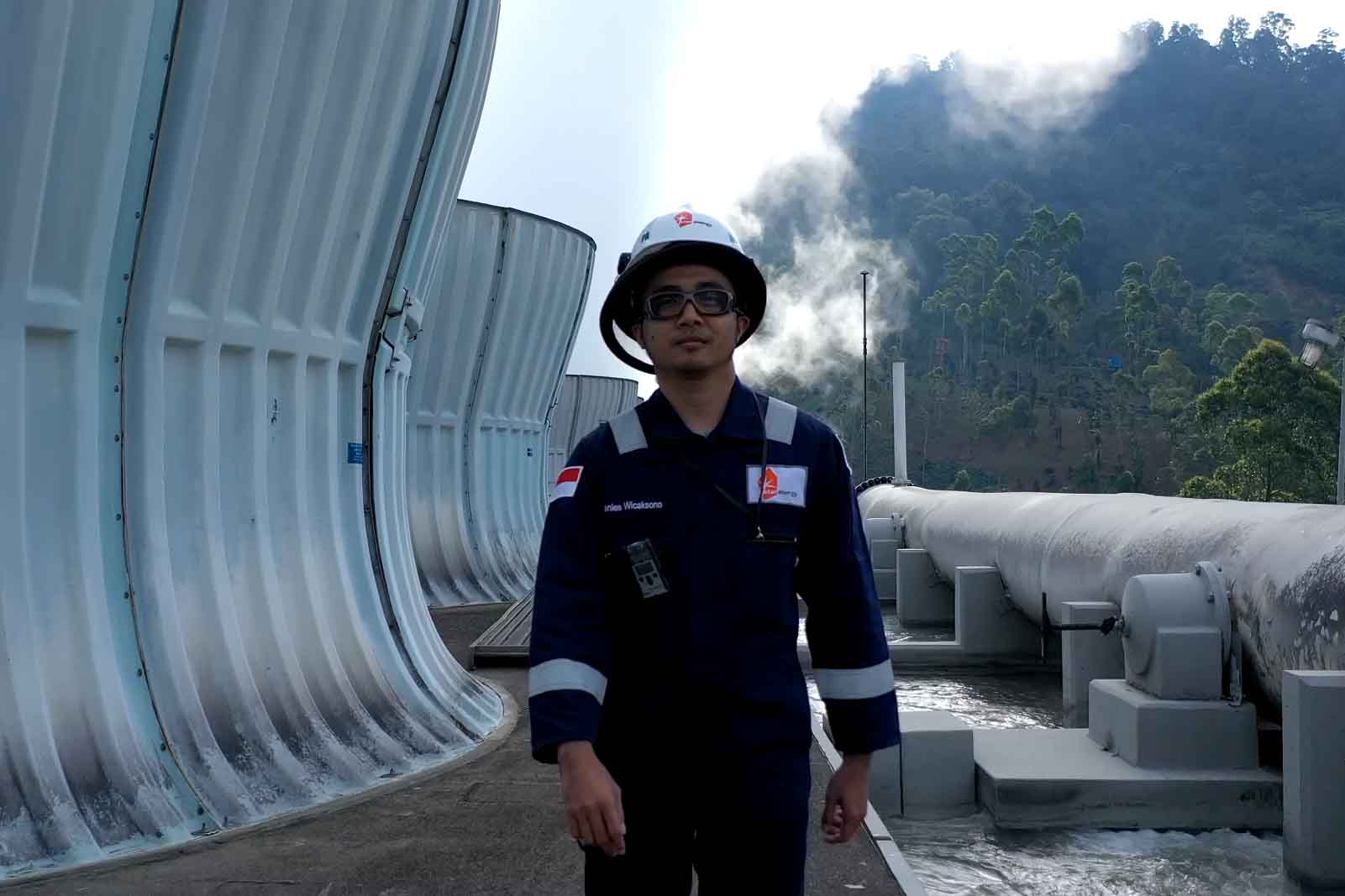
Geothermal power plants create emission-free energy from ground heat. The ground heat is used to heat water, and the resulting steam is used to drive turbines. The growth of renewable energy production is essential in limiting global warming and securing energy supplies for the future. The amount of emissions saved by a geothermal project is calculated using the baseline method: how much CO2 would be released by generating the same amount of energy using standard energy production methods for the region? Geothermal energy projects in the ClimatePartner portfolio are registered with international standards.
Explore our projects
Biochar for Climate Action, Healthy Soils, and Better Harvests
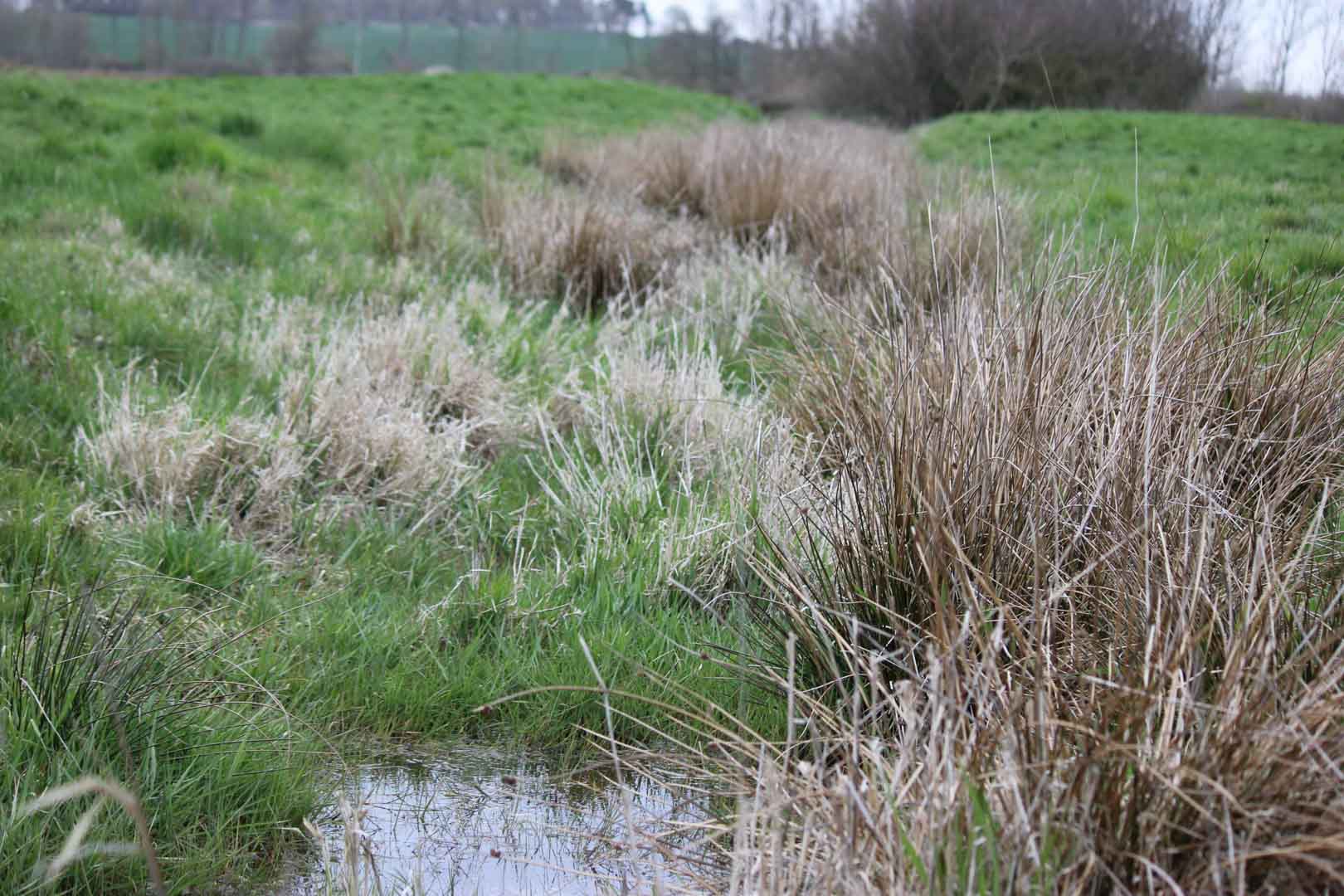
A certified climate project combined with additional commitment
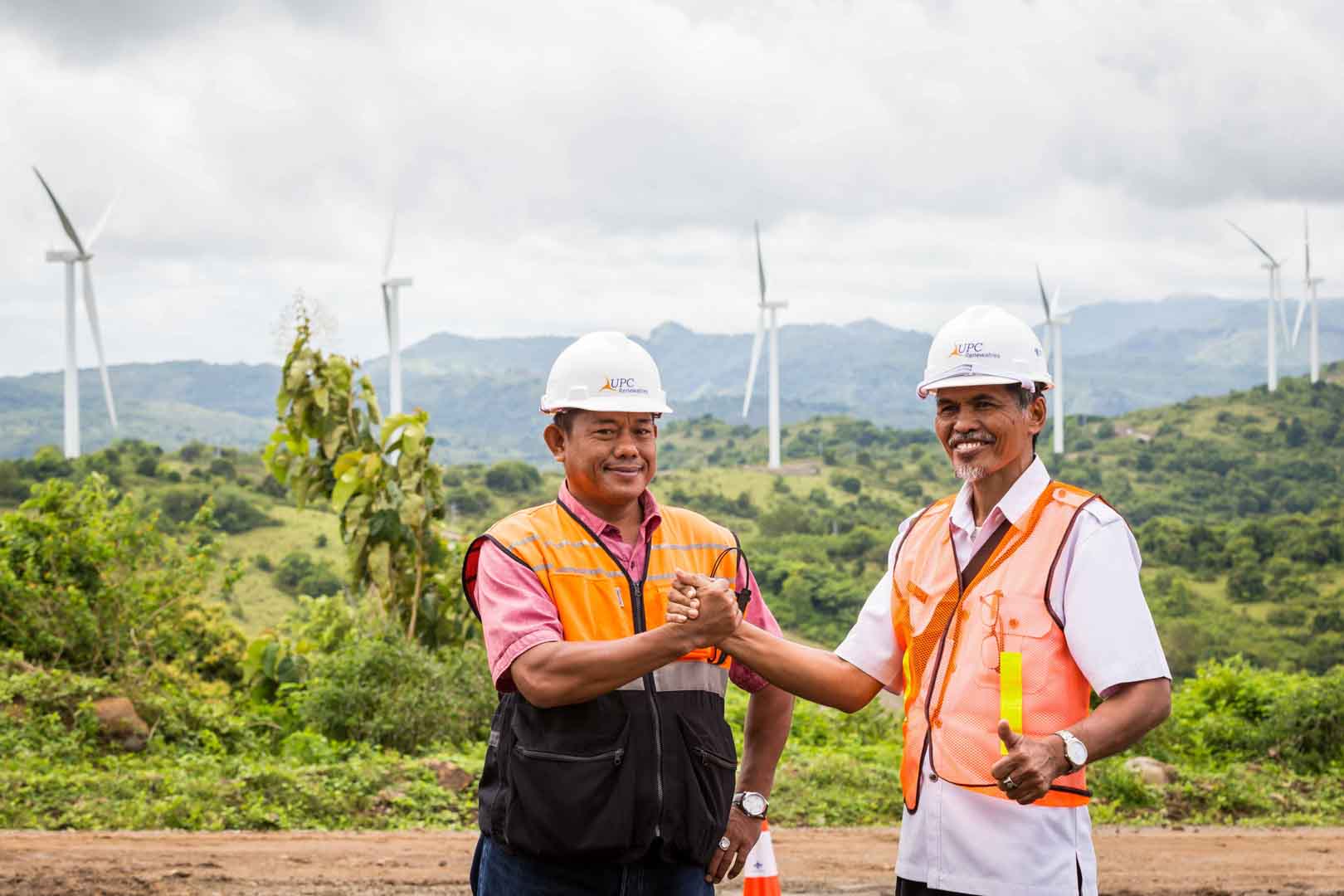
Expansion of renewable energy generation in Asia
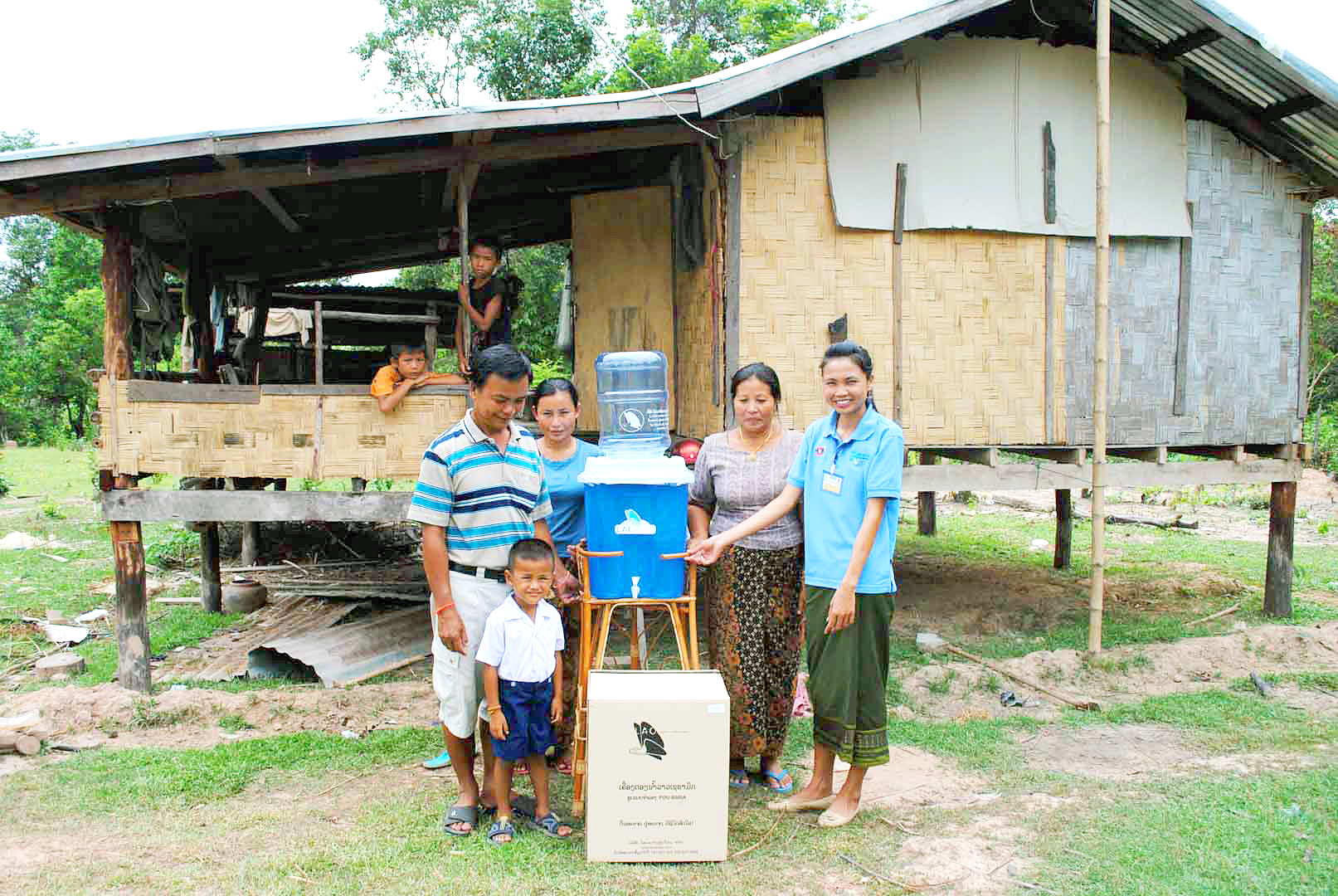
Ceramic water filters save CO2 and improve health
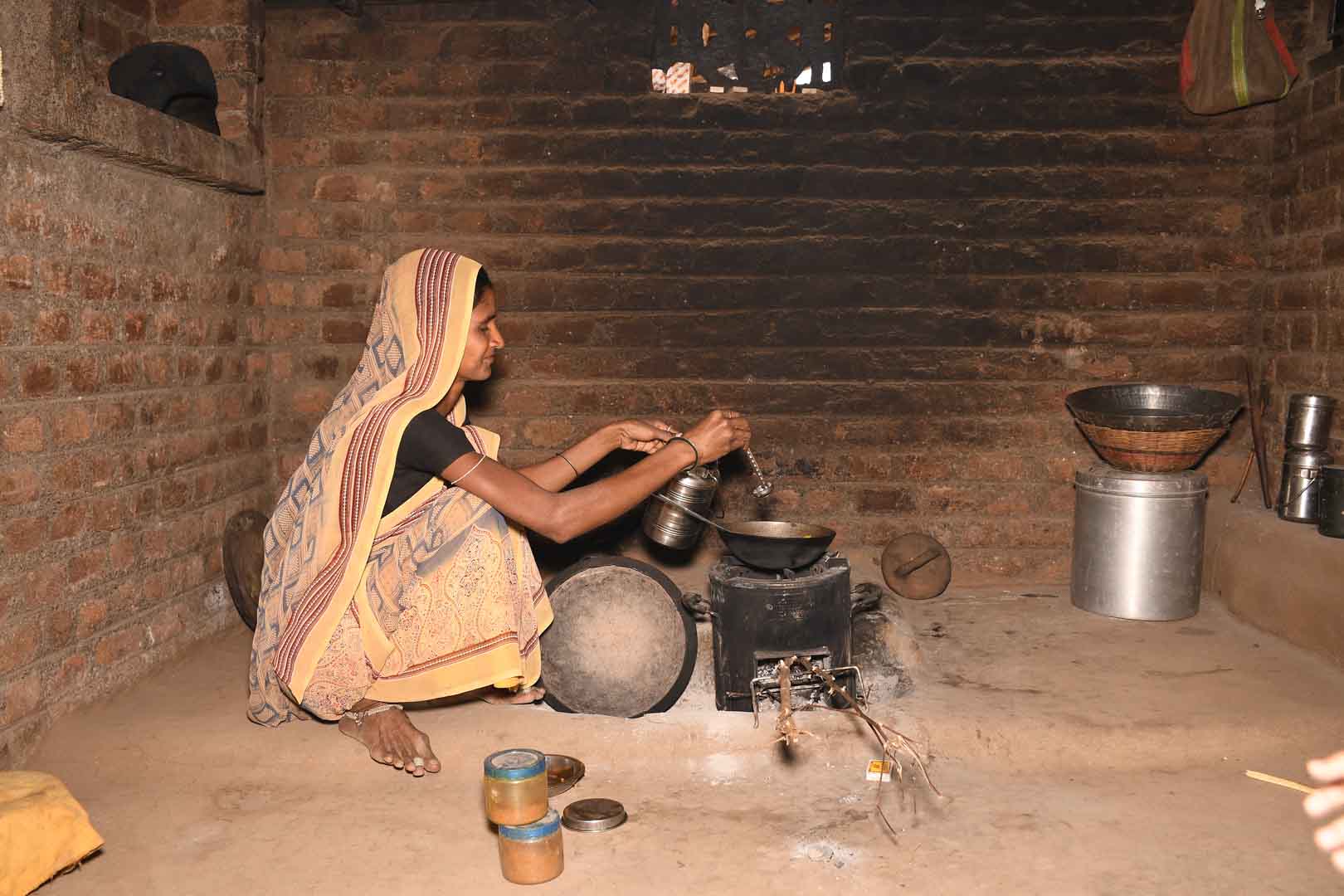
Improved cookstoves worldwide – for better health and cleaner air

A certified climate project combined with additional commitment
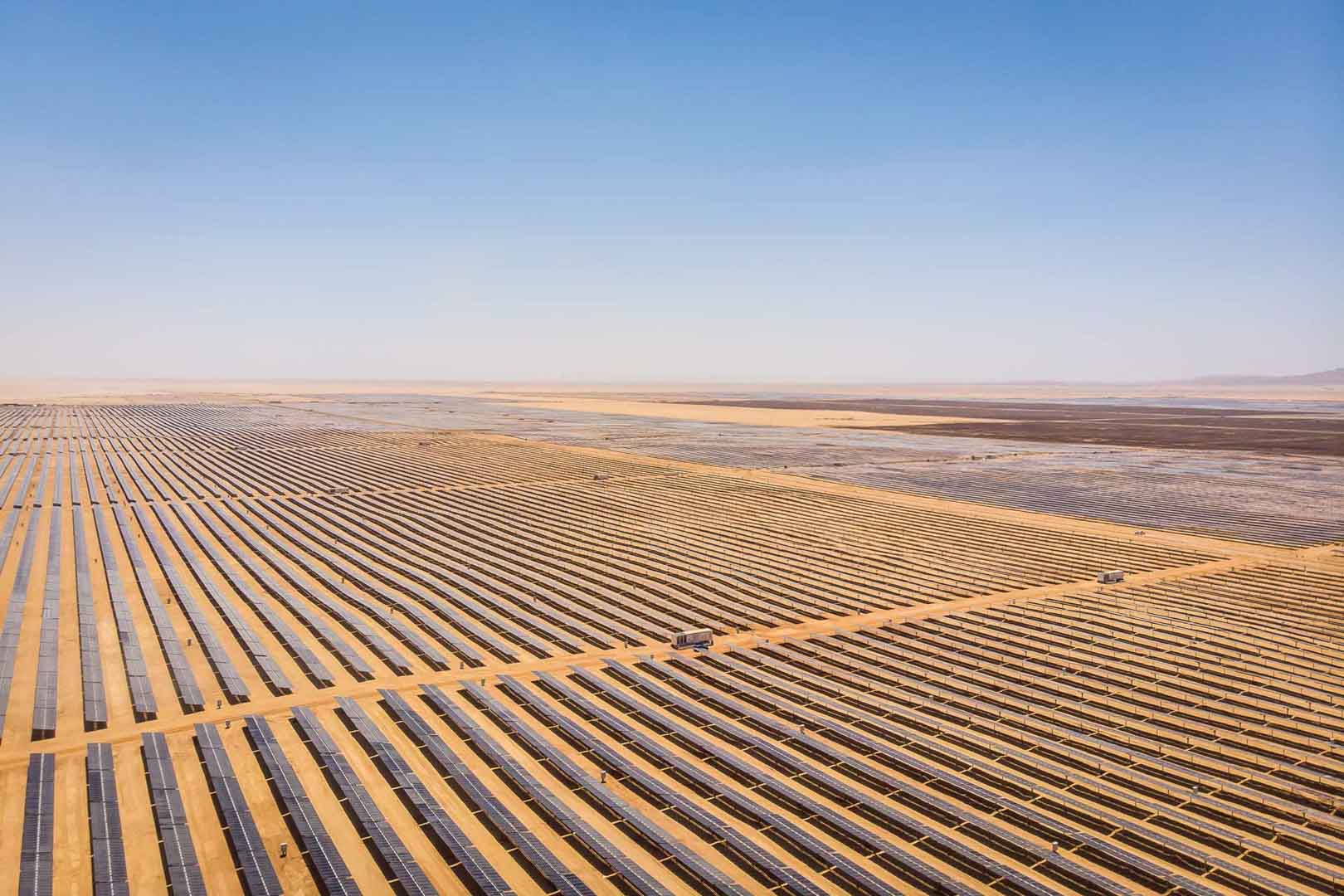
Powering access to renewable energy in Africa

A certified climate project combined with additional commitment
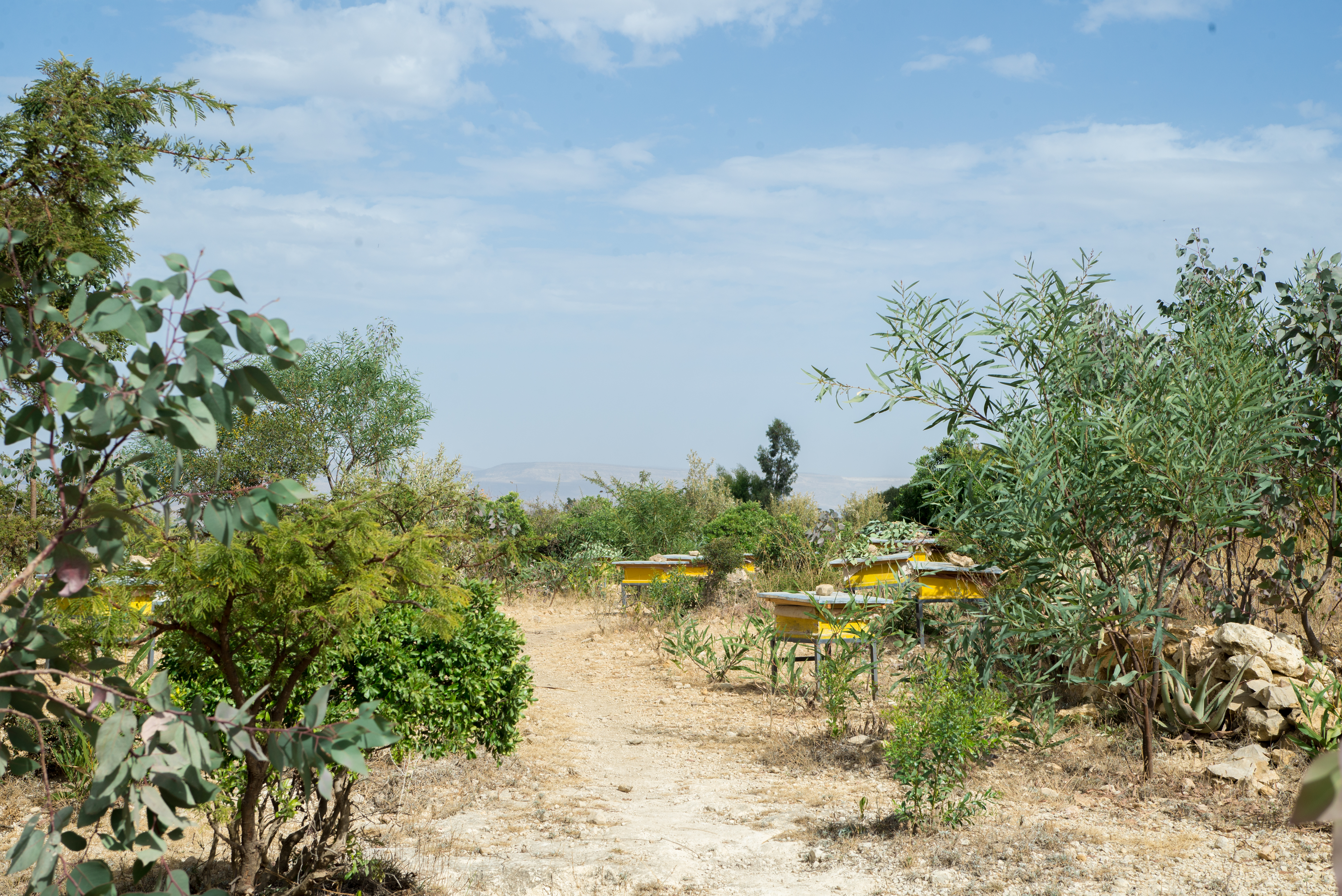
Restored ecosystems remove carbon
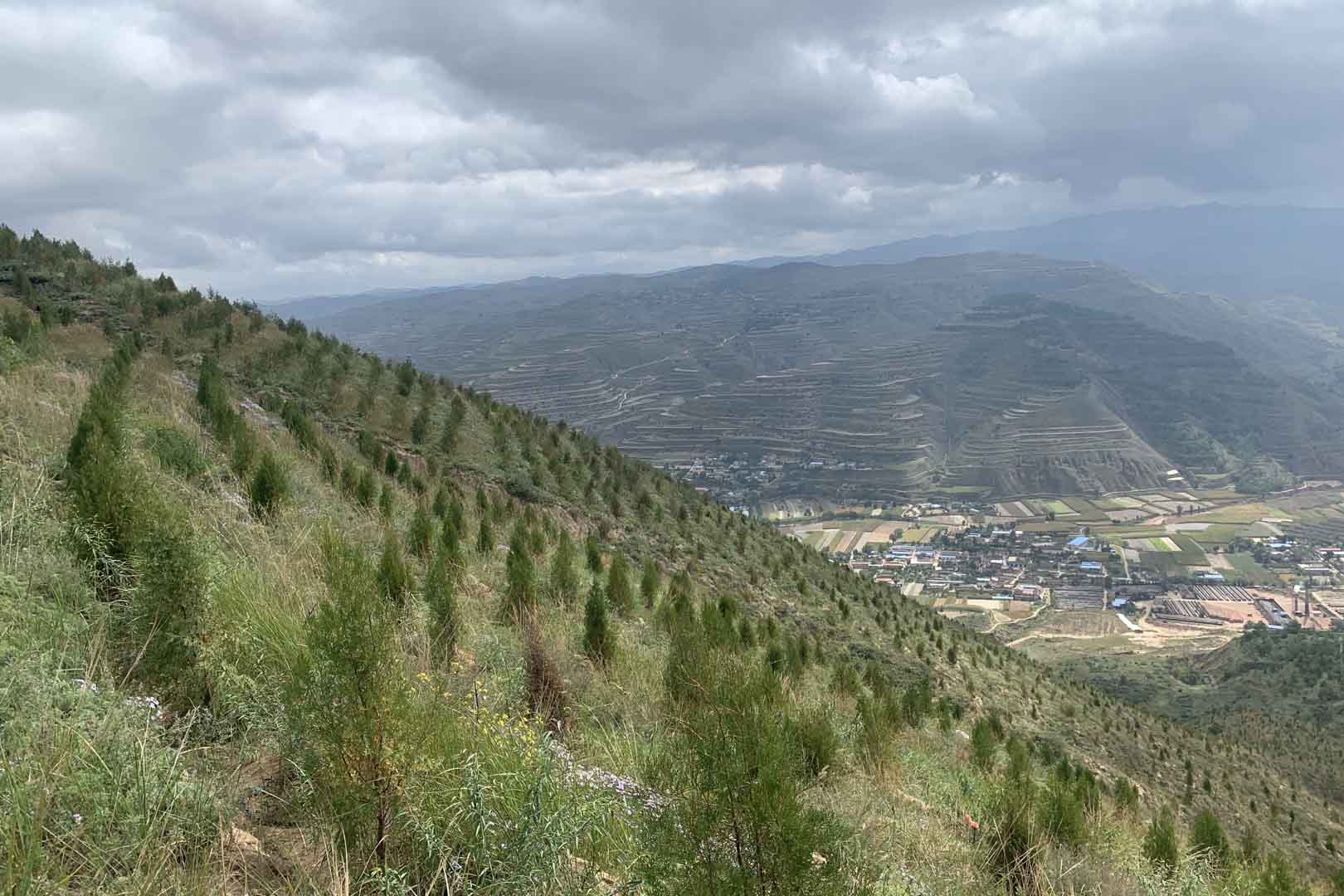
Turning degraded farmlands into healthy ecosystems
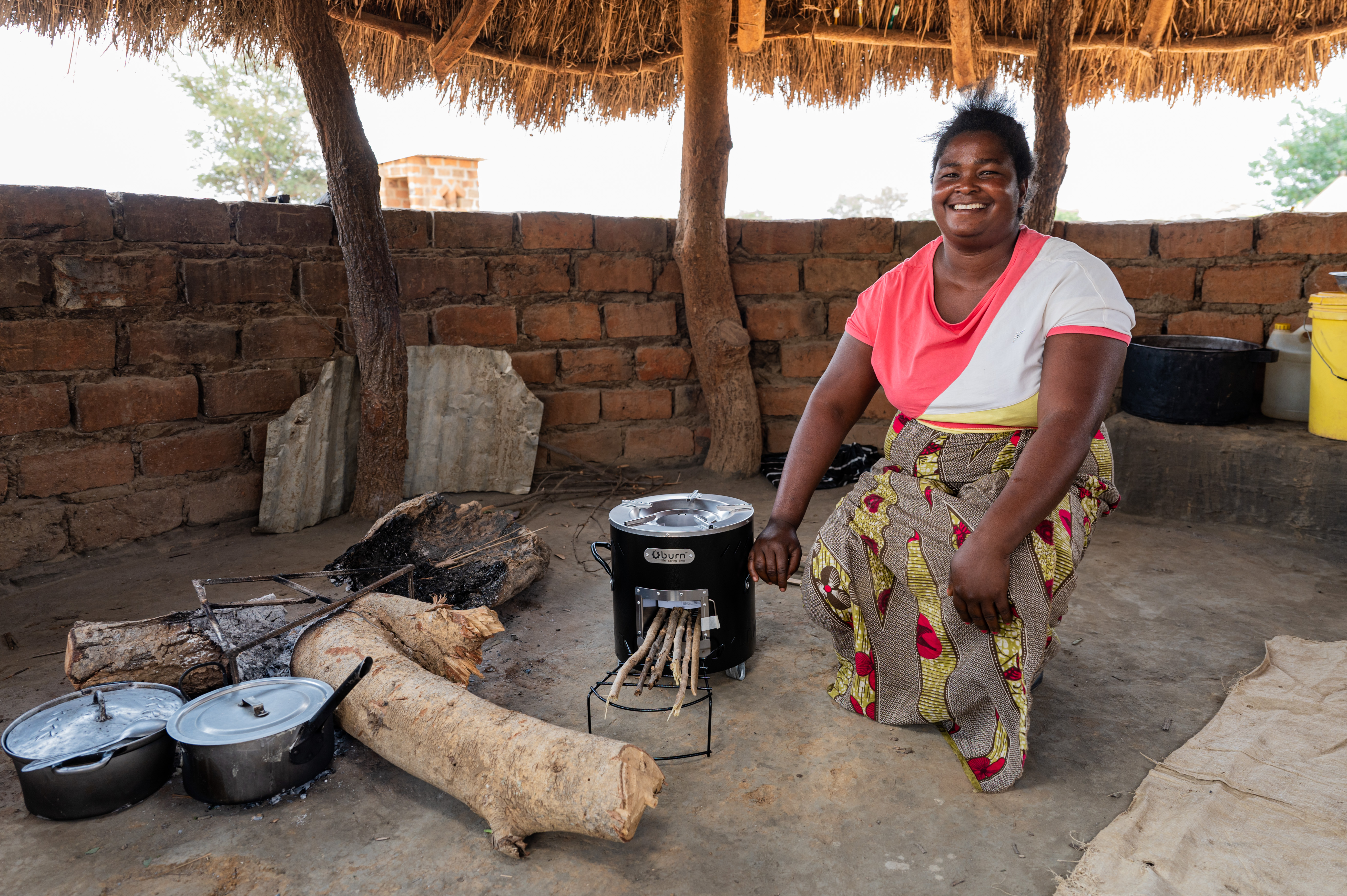
Improved cookstoves - better for health and the environment
